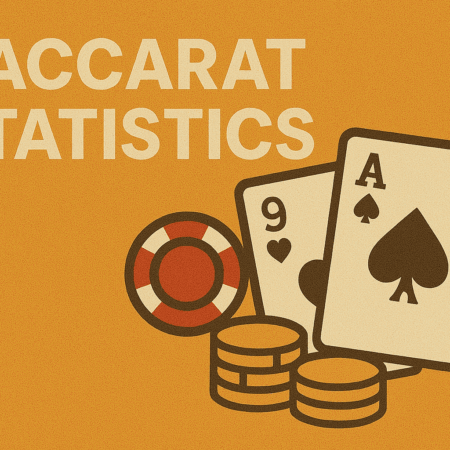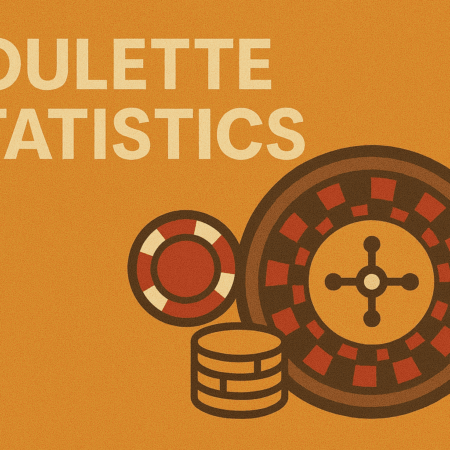Automated Market Makers (AMMs) have become the heartbeat of decentralized finance (DeFi), revolutionizing how assets are traded on the blockchain. Instead of relying on traditional order books and intermediaries, AMMs use smart contracts and liquidity pools to enable permissionless, instant swaps of digital assets.
In 2025, AMMs are not just tools—they’re the engine behind multibillion-dollar DeFi ecosystems like Uniswap, Curve, and Balancer. Whether you’re a curious investor, DeFi builder, or blockchain newbie, understanding AMMs is essential to navigating the evolving financial web.
What Is an Automated Market Maker (AMM)?
An Automated Market Maker (AMM) is a smart contract protocol that allows users to trade cryptocurrencies directly from their wallets using liquidity pools, rather than matching buy and sell orders in a traditional exchange.
Unlike centralized exchanges like Coinbase or Binance, AMMs don’t require a counterparty. Instead, trades are executed against a pool of tokens funded by users (liquidity providers), and pricing is determined by an algorithm.
Think of an AMM as a robot banker that always gives you a quote, no matter the time or volume.
How Do AMMs Work?
At the core of every AMM is a liquidity pool—a smart contract that holds two or more tokens. When you make a swap, you’re not trading with another person; you’re interacting with the pool itself.
The Constant Product Formula (x * y = k)
The most common AMM formula is the constant product market maker, introduced by Uniswap:
Token A balance * Token B balance = Constant (k)
This formula ensures that after each trade, the pool’s balance adjusts so that the product of the two token amounts remains constant. As a result:
- Larger trades cause greater price slippage.
- Balanced pools maintain tighter spreads and better execution.
Other AMMs like Curve and Balancer modify this formula to support stable assets or multi-asset pools, respectively.
Liquidity Providers and Yield
AMMs are powered by liquidity providers (LPs)—users who deposit equal values of two tokens into a pool in exchange for a share of trading fees and sometimes protocol rewards.
Why Provide Liquidity?
- Earn a portion of trading fees (e.g., 0.3% per trade on Uniswap).
- Earn governance tokens (e.g., UNI, CRV) as incentives.
- Participate in liquidity mining and yield farming programs.
But it’s not risk-free.
What Is Impermanent Loss?
Impermanent loss is a temporary loss of funds that occurs when providing liquidity to a pool, due to volatility between the paired assets. If one asset appreciates significantly, your withdrawal value may be lower than simply holding.
Although trading fees can offset the loss, impermanent loss remains one of the biggest risks in AMM participation.
In 2025, new models like concentrated liquidity (e.g., Uniswap v3), dynamic fees, and single-sided staking help mitigate this issue—but it hasn’t disappeared.
Popular AMMs in 2025
| Protocol | Key Features | Use Cases |
| Uniswap v4 | Concentrated liquidity, hooks, custom pools | General asset swaps |
| Curve Finance | Stablecoin-focused pools with low slippage | Stablecoin trading |
| Balancer | Multi-token pools and dynamic weighting | Index funds, DAO treasuries |
| PancakeSwap | BNB Chain-based AMM with farming | Low-cost trading on BNB Chain |
| Thorchain | Cross-chain AMM for native assets | BTC-ETH swaps without wrapping |
Each AMM has its own twist on the base model, targeting different needs like scalability, gas optimization, or cross-chain compatibility.
AMM Innovations in 2025
1. Concentrated Liquidity
Uniswap v3 introduced it; others followed. LPs can now allocate capital within custom price ranges, increasing capital efficiency and fee earnings—especially for stable pairs.
2. Hooks & Composable AMMs
Uniswap v4 allows developers to build custom logic into pools (called “hooks”), enabling features like dynamic fees, KYC gating, or on-chain TWAP oracles.
3. Cross-Chain AMMs
Protocols like Thorchain and Stargate allow users to swap tokens across chains without using wrapped assets or bridges.
4. Dynamic Fees & Volatility Adjustments
Balancer and Curve adjust fees based on market volatility, reducing slippage during high-volume events and protecting LPs from front-running.
Why AMMs Matter in DeFi Today
AMMs have democratized liquidity provision and trading. In 2025:
- DeFi protocols rely on AMMs as infrastructure (DEXs, yield farms, stablecoins).
- Users benefit from 24/7 permissionless trading without gatekeepers.
- Projects use AMMs for token launches, price discovery, and treasury liquidity.
With over $60 billion locked in DeFi, AMMs are a foundational pillar—akin to what market makers are in traditional finance, but open-source and decentralized.
How to Use an AMM in 2025
- Connect Wallet: Use MetaMask, Coinbase Wallet, or a mobile DeFi app.
- Choose a Pool: Look for verified pools with high liquidity and low fees.
- Swap Assets: Enter token amounts and check the slippage before confirming.
- Provide Liquidity: If you want to earn, deposit paired tokens and monitor rewards.
- Track Performance: Use tools like DeFiLlama or DEX aggregators to assess APR and volume.
Risks to Consider
- Slippage: Large trades can result in unfavorable prices.
- Impermanent Loss: Watch the price correlation between tokens.
- Rug Pulls: Some pools are malicious; verify smart contract audits.
- Gas Fees: On Ethereum mainnet, fees can spike during congestion—use Layer 2s for cheaper access.
The Future of AMMs
As more traditional assets enter the DeFi space (tokenized stocks, RWAs, fiat), AMMs are adapting. Expect:
- Hybrid models blending order books and AMMs (e.g., dYdX v4).
- Regulatory-compliant AMMs with identity layers.
- AI-powered optimization for LP position rebalancing.
AMMs are no longer experimental—they’re essential. And their evolution in 2025 is shaping how financial markets operate for everyone.
FAQ: Automated Market Makers in 2025
Q1: What’s the difference between an AMM and a traditional exchange?
A: Traditional exchanges use order books to match buyers and sellers. AMMs use smart contracts and liquidity pools to enable trades without a counterparty.
Q2: Can I lose money providing liquidity?
A: Yes. Impermanent loss and volatile market conditions can reduce your LP value. However, fees and rewards may offset those losses.
Q3: What is concentrated liquidity?
A: It allows LPs to provide liquidity within a specific price range, increasing capital efficiency and potential rewards.
Q4: Are AMMs only on Ethereum?
A: No. AMMs exist on many chains including BNB Chain, Arbitrum, Avalanche, Solana, and Cosmos-based chains like Thorchain.
Q5: How do I find the best AMM pool?
A: Use DEX aggregators like 1inch or analytics sites like DeFiLlama to compare liquidity, fees, a

 Canada
Canada Deutsch
Deutsch Español
Español Português
Português



